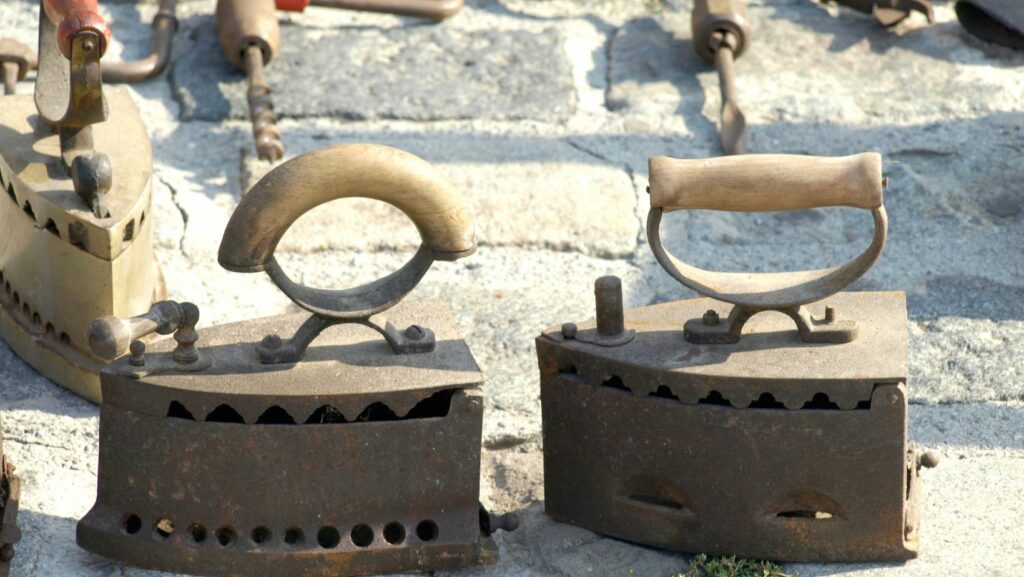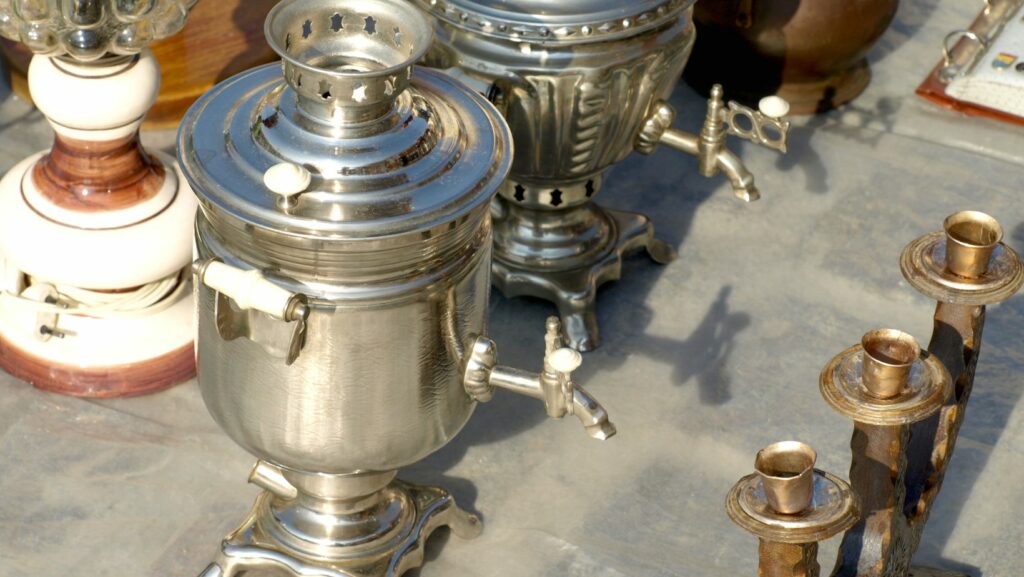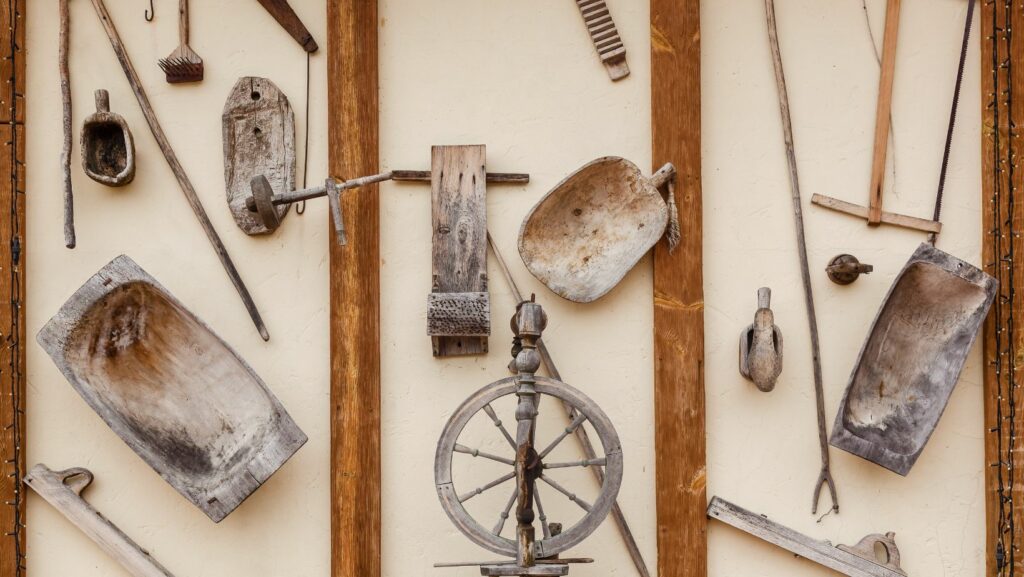Collecting toys isn’t just child’s play; it’s a serious hobby that can be both enjoyable and profitable. From vintage action figures to limited-edition dolls, certain toys hold significant value and can even appreciate over time. But what makes a toy worth collecting?
Several factors come into play, including rarity, condition, and historical significance. Whether you’re a seasoned collector or just starting, knowing which toys are worth your investment can make all the difference. Dive into the world of collectible toys and discover the hidden treasures that could be sitting right under your nose.
What Toys are Worth Collecting
 Collectible toys captivate enthusiasts for various reasons. Their nostalgic value holds significant weight. Many people cherish toys from their childhood, making those items emotionally and financially valuable. A 1978 Luke Skywalker action figure, for instance, can fetch thousands of dollars today due to its nostalgic appeal.
Collectible toys captivate enthusiasts for various reasons. Their nostalgic value holds significant weight. Many people cherish toys from their childhood, making those items emotionally and financially valuable. A 1978 Luke Skywalker action figure, for instance, can fetch thousands of dollars today due to its nostalgic appeal.
Another factor driving the allure is the potential for investment. Toys in mint condition can appreciate substantially. For example, a mint-condition 1959 Barbie doll has sold for over $27,000. Collectors often seek toys with high appreciation potential, investing considerable time and resources in maintaining pristine collections.
Rarity significantly enhances value. Limited production runs or discontinued items tend to attract higher prices. The Beanie Babies’ phenomenon in the ’90s is a prime example, where certain rare editions now command prices above $10,000.
Historical significance also plays a crucial role. Toys that mark important events or reflect cultural moments often become highly sought after. The original 1982 G.I. Joe action figures are valued by collectors due to their representation of a cultural icon.
The allure of collectible toys stems from nostalgia, investment potential, rarity, and historical significance, making it a fascinating and rewarding pursuit for collectors.
Vintage Action Figures
 Collecting vintage action figures combines nostalgia with investment potential. These figures often appreciate in value due to their rarity and historical significance.
Collecting vintage action figures combines nostalgia with investment potential. These figures often appreciate in value due to their rarity and historical significance.
Certain brands and series stand out in the world of vintage action figures:
- Star Wars (Kenner): The original 1978 Star Wars line by Kenner remains one of the most sought-after series. Key figures include Luke Skywalker and Darth Vader.
- G.I. Joe (Hasbro): Launched in 1964, G.I. Joe figures are highly collectible, especially the 12-inch first editions. Variants such as the “Kung-Fu Grip” also hold significant value.
- Transformers (Hasbro): Generation 1 Transformers, introduced in 1984, are prized among collectors. Figures like Optimus Prime and Megatron are particularly desirable.
- Masters of the Universe (Mattel): Debuting in 1981, the He-Man figures are popular. Original releases, especially characters like He-Man and Skeletor, fetch high prices.
Market Value And Rarity
The market value of vintage action figures hinges on both rarity and condition. Figures still in their original packaging, known as “mint on card,” command the highest prices.
- Condition Grades: Collectors use grading scales, such as those by the Action Figure Authority (AFA), to determine condition. High AFA grades (85-100) significantly boost value.
- Limited Edition Runs: Action figures from limited production runs are rarer and thus more valuable. Examples include rare variants or error versions of popular characters.
- Historical Significance: Figures tied to significant cultural moments or iconic franchises tend to be more valuable. The 1978 Luke Skywalker, for example, exemplifies a key piece of Star Wars memorabilia.
By understanding notable brands, series, and factors affecting market value, collectors can make informed decisions when investing in vintage action figures.
Classic Board Games
 Classic board games hold significant value for collectors due to their nostalgia and historical impact. Many editions and versions of these games are sought after by enthusiasts and investors alike. Collectors often seek out specific editions and versions of classic board games. For instance:
Classic board games hold significant value for collectors due to their nostalgia and historical impact. Many editions and versions of these games are sought after by enthusiasts and investors alike. Collectors often seek out specific editions and versions of classic board games. For instance:
These editions often feature unique artwork, pieces, and packaging, making them distinct and valuable.
Investing in classic board games can be lucrative. Condition and rarity significantly influence the value. For example:Scarcity also plays a role; limited print runs and special editions tend to appreciate more. Collectors often look for unopened games, as these command higher prices. Understanding these factors helps enthusiasts make informed decisions when adding to their collections..

